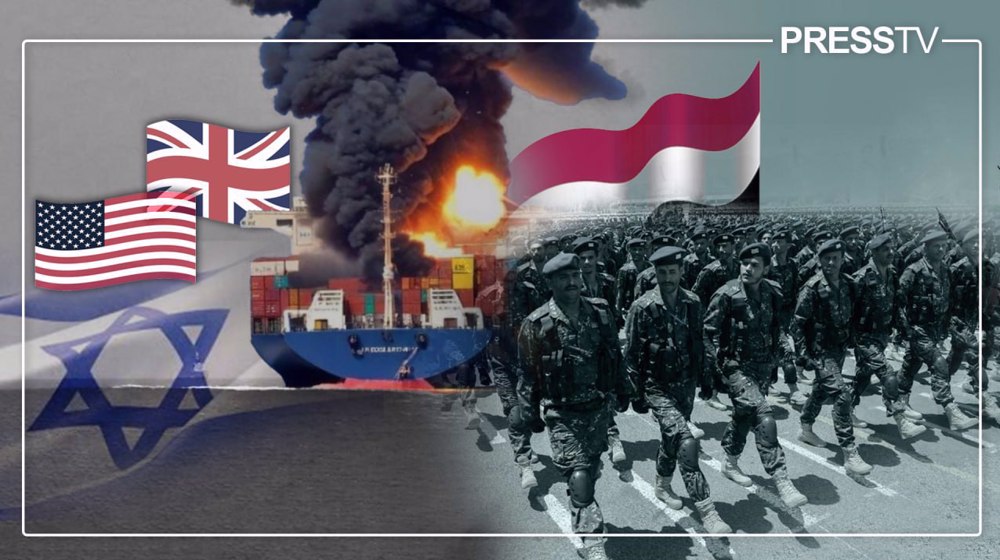Iran’s water supply challenge
By Bijan Bonakdar & Roozbeh Aliabadi*
Water has gone from being a renewable resource to a growing human security issue in Iran. The country’s most important lakes and rivers are drying up at a frightening rate as climate change, poor infrastructure, shortsighted policies and a skyrocketing population send the country into crisis. Former Agriculture Minister Isa Kalantari said the water crisis was “more dangerous than Israel, America or political fighting,” even suggesting that the Iranian plateau will become uninhabitable in the near future. The UN has labeled it Iran’s “most important human security challenge in the coming decades.” The government officially describes the water shortage as “critical.”
Iran’s water problems have been brewing for years. In a country that only gets about one third of the world’s average rainfall, and most of it on just 25% of its surface, balancing supply and demand can be a delicate act. The traditional response has been to settle near the country’s select major water sources. But, with a population that has nearly doubled over the past 20 years, millions have poured into cities, forcing water management authorities to exponentially ramp up both their storage and delivery capabilities to redistribute huge amounts of water from local sources to urban centers, where over 70% of the total population resides.
Dam buildups have been mind-boggling, with Iran ranking third in the world in terms of how many dams it has under construction. The hope is to increase the amount of water in reservoirs, support agricultural activities, increase power generation, and secure urban water supplies.
Pipeline infrastructure connecting water from the dams near big natural sources to big demand centers is widespread and continues to grow. But, the development of this network of water storage and transport has largely been attempted without foreign investment, technology or expertise, resulting in as much as 30% water loss from the antiquated pipeline infrastructure and dam projects doing more to create ecosystem damages, increase water quality degradation, promote land use changes, increase water seepage, and intensify downstream development, according to the Journal of Environmental Studies and Sciences.
Meanwhile, the mere fact that 35 million more Iranians need access to fresh water means that Iran’s limited supply will be extremely exacerbated. The per capita annual renewable freshwater level totaled 2,079 cubic meters in 2001, and is estimated to decline to 1,555 cubic meters by 2025, according to a report by the Washington-based Population Reference Bureau. The global average is 7,000.
And it is not just more people – the average Iranian is using more water than ever before. The average individual consumption is 250 liters of water per day, getting as high as 400 liters per day in heavily populated areas like Tehran. This puts Iran’s water use at twice the world average, even as it faces serious supply issues.
And to make matters worse, the backdrop of climate change is having heavy impacts. Tehran’s four main reservoirs – Lar, Latian, Taleghan and Karaj – saw a total volume decrease of 40% last year, a result of “reduced rainfall and supply strains,” according to Energy Minister Hamid Chitchian. The increase in droughts has forced Iranians to rely on digging wells to tap into groundwater reserves, already using up 70% of them. At present, 96 billion cubic meters of the country’s total 120 billion cubic meters of renewable water resources are being consumed annually.
If 40-60 percent of renewable water resources are consumed in any country, that country is said to be in a critical condition.
One major instance of rapid water consumption is the case of Lake Orumiyeh, which just 20 years ago was the Middle East’s largest lake and drew many people, including tourists seeking spiritual healing, as well as flamingos looking for shrimp. Since 1996, it has lost 95% of its water.
Dams and water pumps advance on all fronts; storms pick up the salt left behind and ravage nearby farms with it; air pollution from scattered dust cuts short deep breaths; and local residents have all but vanished. It is the same story across all of Iran’s major water resources, from lakes and rivers on the border with Afghanistan to the Zayandeh (Birth-giving) River basin in the country’s center, for centuries the lifeblood of central Iran.
But perhaps the biggest problem of all is the massive inefficiency inside Iran’s agricultural sector, which uses more than 92% of the country’s total water supplies. Over 90% of groundwater consumption goes to agricultural use, where farmers use highly subsidized energy costs to expand their digging, and then use the water they find inefficiently as a mix of water subsidies and guaranteed crop purchases offer zero incentive to conserve.
The current rate of irrigation efficiency is just 35%, and only 5% of farmed areas are under pressurized irrigation. Even the country’s urban classes are feeling its effects directly - the quality of tap water in cities is decreasing from agricultural activities nearby, as the lack of appropriate sewage collection and treatment systems causes the gradual discharge of domestic wastewater into groundwater sources. The results have been steadily falling productivity and wages, little to no investment in new practices or technologies, and taxes on new irrigation projects in the agriculture sector.
If the first step to solve a problem is admitting you have one, then the government has step one down. President Hassan Rouhani has identified water as a national security issue, and has earmarked $2 billion toward dealing with water shortages for fiscal year 2014. Whether or not that money will be (or was) spent on fixing the causes - lack of investment in irrigation technologies and practices, unsustainable project development, competition and political favoring in water access, inappropriate crop patterns, water and energy subsidies, poor regulation, disdain for foreign assistance - and not the symptoms of Iran’s water crisis is yet to be seen.
BB/RA/HJL
*Bijan Bonakdar - Director of Strategic Studies Iran's Ministry of Foreign Affairs - IPIS
Roozbeh Aliabadi - Managing Partner GGA
Jan. 15: ‘Axis of Resistance’ operations against Israeli occupation
VIDEO | US fires: Criticism mounts over govt. failure to respond
VIDEO | Fears, hope in Gaza amid intensified ceasefire efforts
VIDEO | Press TV's news headlines
Hamas: Ceasefire agreement result of steadfastness, resistance in Gaza over 15 months
Hamas thanks Iran, Resistance Front following achievement of ceasefire in Gaza
'Capitulation': Israeli officials and media concede Gaza defeat as truce unfolds
'Gaza has won': Social media users react to ceasefire with mix of relief, joy










 This makes it easy to access the Press TV website
This makes it easy to access the Press TV website